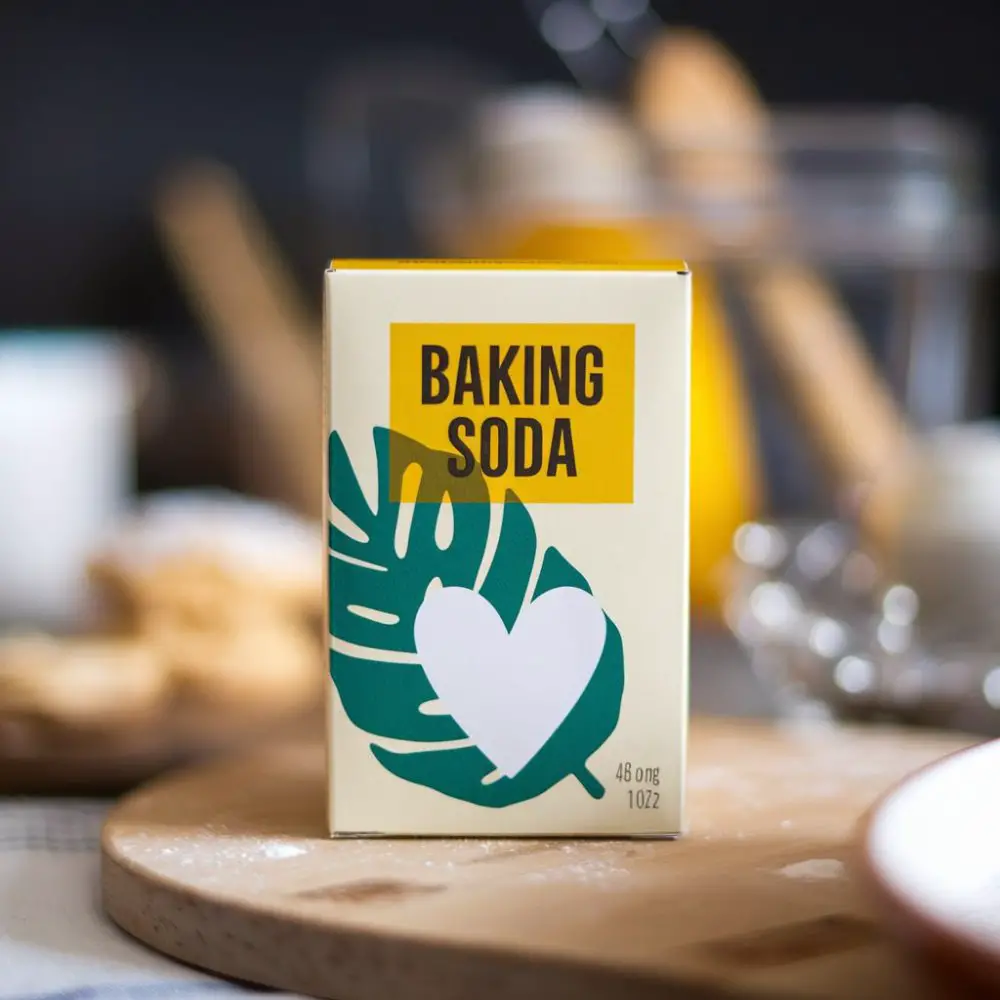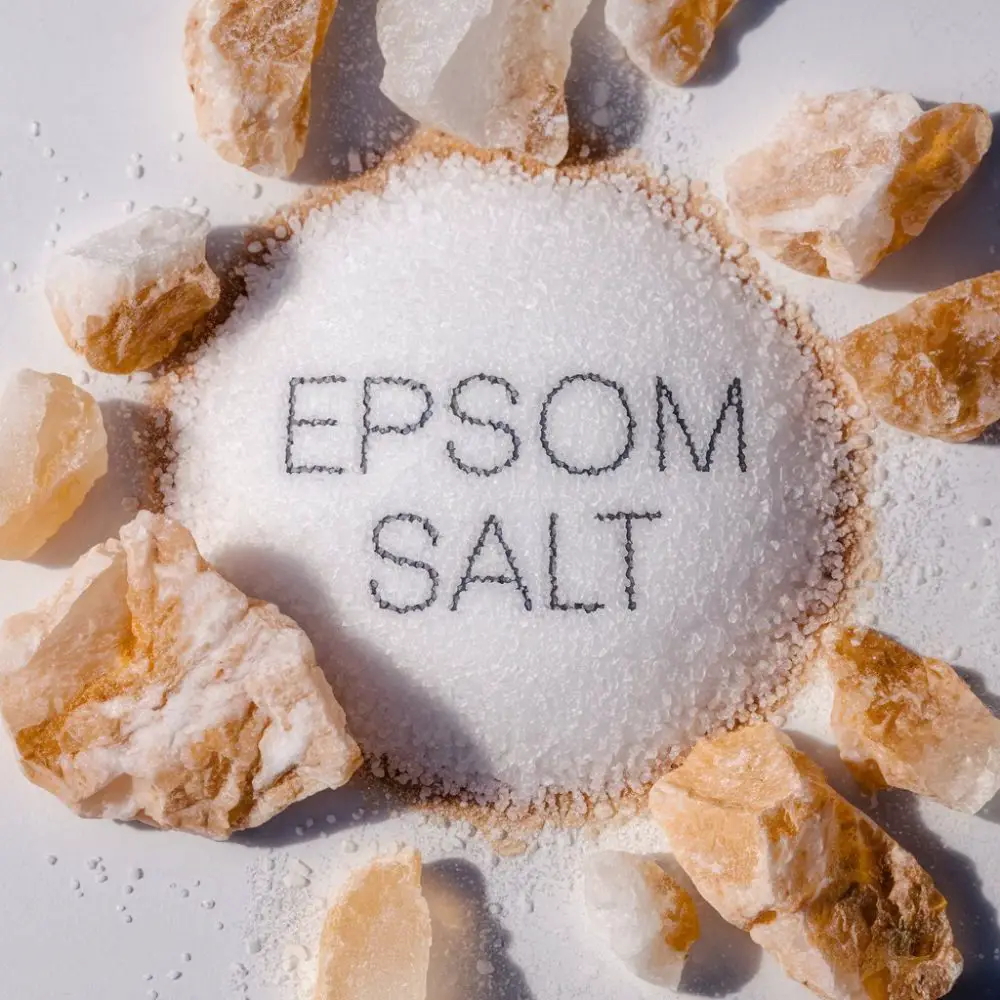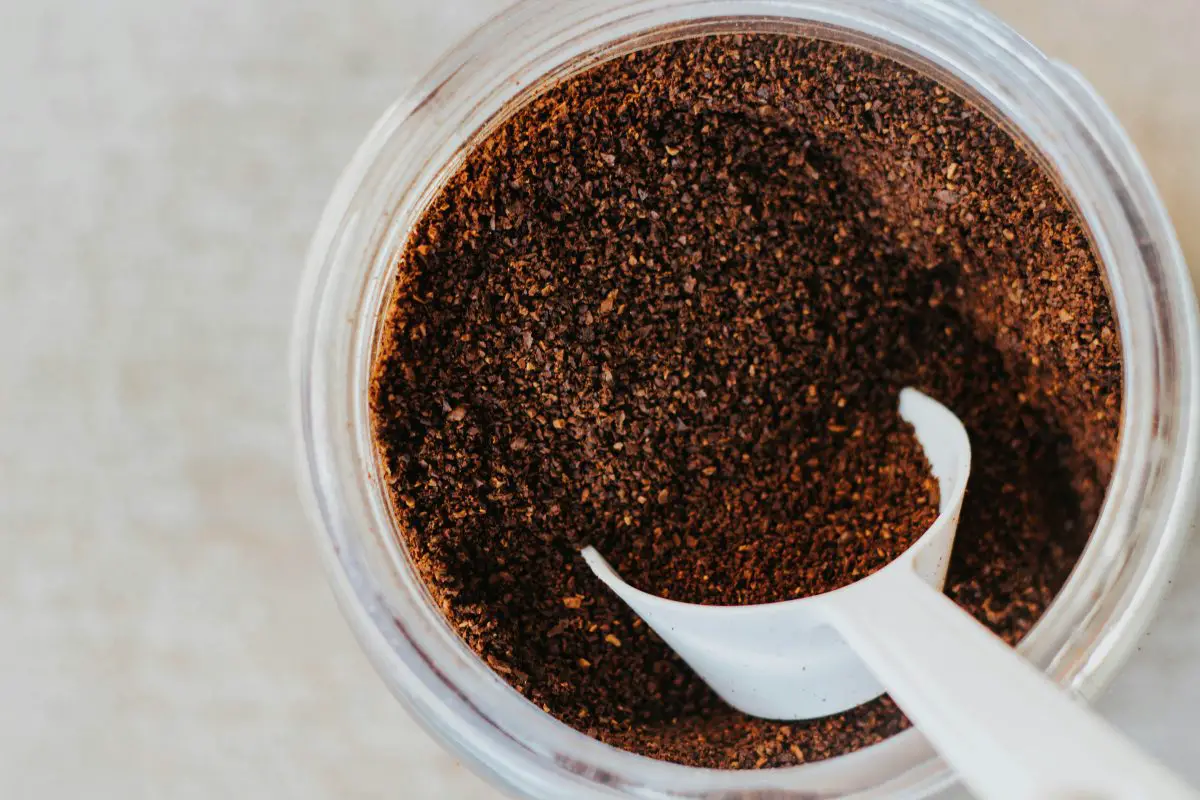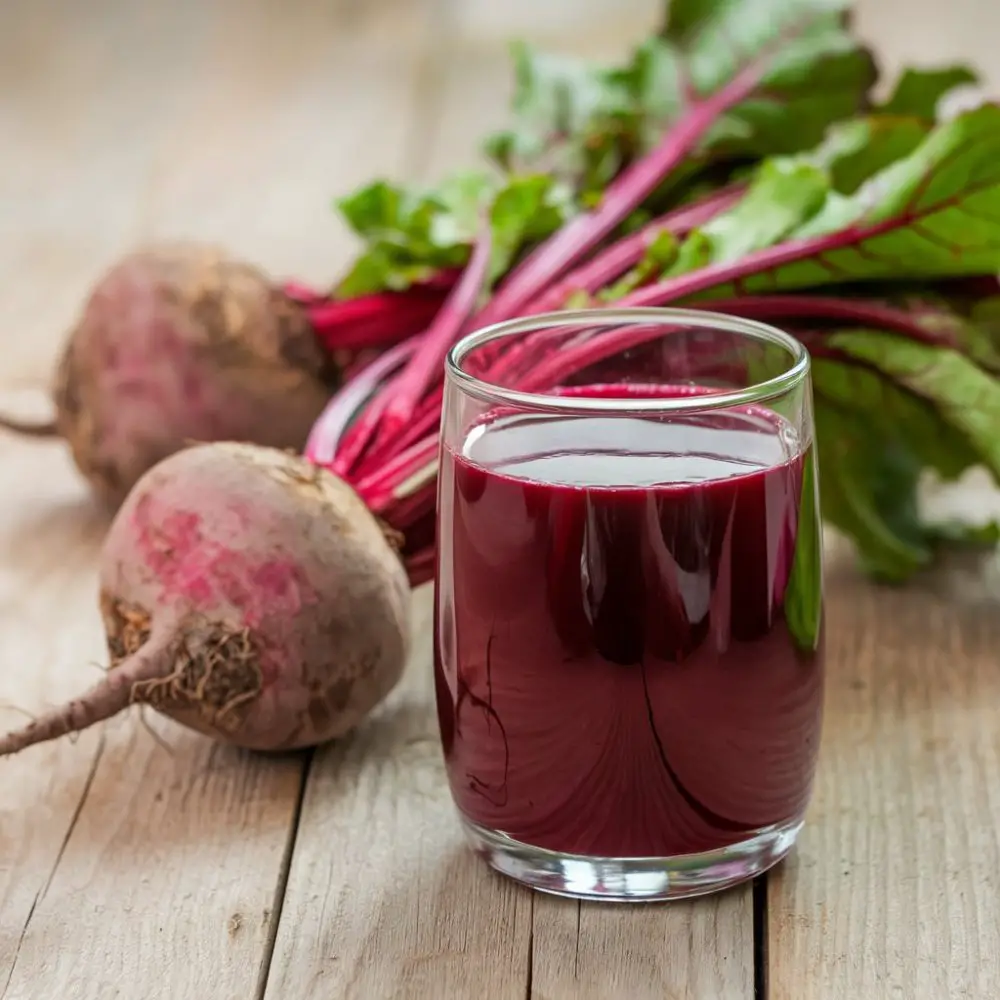When there’s a shortage of traditional ice melt products (as there is now), homeowners are looking for effective alternatives to keep their driveways and walkways safe. While some methods work well in certain conditions, others have limitations. Here’s a breakdown of different de-icing methods, how they work, and their pros and cons.
1. Baking Soda

How it Works: Baking soda lowers the freezing point of water, similar to traditional rock salt, though it’s less effective in extremely cold temperatures.
Best For: Light ice coverage and temperatures just below freezing.
Pros:
- Readily available in most households.
- Less corrosive than traditional rock salt.
- Safe for pets and plants.
Cons:
- Not as effective at temperatures below 20°F.
- Can be slow to work compared to commercial ice melt.
2. Epsom Salt (Magnesium Sulfate)

How it Works: Epsom salt helps to lower the freezing point of ice, though its effectiveness diminishes in colder conditions.
Best For: Mildly icy conditions where temperatures remain above 20°F.
Pros:
- Less damaging to concrete and vegetation compared to rock salt.
- Readily available in most households.
- Safer for pets than traditional salt.
Cons:
- Less effective in extreme cold.
- Requires a generous amount to work well.
3. Sand or Kitty Litter

How it Works: These materials don’t melt ice but improve traction on slippery surfaces.
Best For: Providing traction on thick ice or packed snow.
Pros:
- Non-toxic and safe for pets and the environment.
- Inexpensive and widely available.
- Works instantly for traction improvement.
Cons:
- Does not melt ice.
- Can create a mess that needs cleanup after the ice melts.
4. Coffee Grounds

How it Works: Coffee grounds add traction and contain natural compounds that can slightly lower the freezing point of ice.
Best For: Small patches of ice on walkways.
Pros:
- Repurposes waste material.
- Provides mild melting properties and traction.
- Environmentally friendly.
Cons:
- Can stain surfaces.
- Requires a large quantity to be effective.
5. Beet Juice Mixture (Beet Brine)

How it Works: Beet juice is mixed with brine (saltwater solution) to create a powerful de-icer. The salt lowers the freezing point of water, while the natural sugars in beet juice help the brine stick to surfaces longer, preventing ice from bonding to surfaces.
Why Beet Juice Specifically?
- The natural sugars in beet juice increase viscosity, making the brine adhere to surfaces longer than traditional salt solutions.
- It works at lower temperatures than traditional rock salt (as low as -20°F).
- Beet juice reduces the amount of salt needed, making it more environmentally friendly and less corrosive.
Best For: Pre-treating surfaces like concrete, asphalt, brick, wood decks, and metal stairs before ice forms, reducing the need for scraping and melting after ice accumulates.
Pros:
- Biodegradable and safer for plants and pets.
- Less corrosive than rock salt alone, reducing damage to concrete and asphalt.
- Lasts longer on surfaces, making it more effective over time.
Cons:
- Can be messy and stain driveways.
- Requires preparation and proper mixing with brine.
Final Thoughts
Each of these alternatives has its place, depending on the severity of ice, temperature, and the materials available. For light icing, baking soda or Epsom salts can be helpful. When temperatures are lower, sand or kitty litter provide crucial traction. Beet juice brine is one of the most effective and sustainable options because it prevents ice from bonding while reducing salt use. If you’re looking for an environmentally friendly option, beet juice or coffee grounds might be worth considering.

